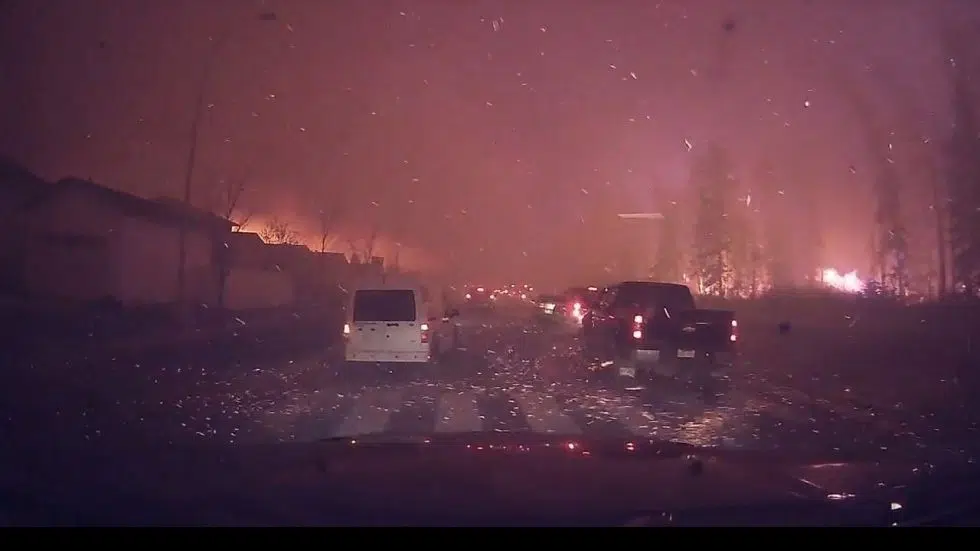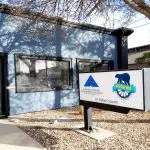
A look back at how a wildfire destroyed large parts of Fort McMurray
FORT MCMURRAY, Alta. — It has been one year since a wildfire destroyed large parts of Fort McMurray. Here is a look back at how events unfolded:
May 1 – A fire starts in a remote part of forest southwest of Fort McMurray. Investigators don’t know how it started, but note that most spring wildfires are caused by people. A dry, warm spring and trees that are still greening make for lots of fuel. It is spotted by helicopter fire patrol. Helicopter begins working the fire immediately. The first air tanker arrives 45 minutes later, then three others arrived from Lac la Biche, Peace River and Whitecourt. Two tankers stayed the night in Fort McMurray to be ready to go the next morning
May 1, 7:08 p.m. – The Alberta Emergency Alert system warns people who live in Fort McMurray’s Gregoire neighbourhood to prepare to evacuate on short notice.
May 1, 10:33 p.m. – A state of local emergency is declared and a mandatory evacuation order is issued for Gregoire as well as for Centennial Trailer Park south of Airport Road.



